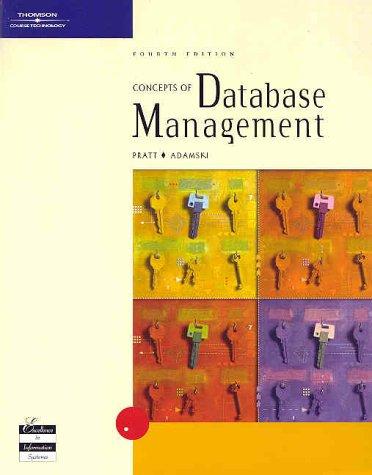Question
For this problem, you may assume that all the mentioned sets are in the same universal set. Use the set definitions, laws of propositional logic
For this problem, you may assume that all the mentioned sets are in the same universal set. Use the set definitions, laws of propositional logic and rules of inference to prove the following statements. Provide your proof in two column format (valid argument approach) learned in chapter 3 of our ZyBooks. You should express the applied laws, rules or definitions for each line of the proof. Using set identities learned in Lecture and in ZyBooks 4.4 is not allowed. Hint: For more help, look at Problem 4 in Discussion 4 (given solution by method 1).
a) A (B C) = (A B) (A C)
b) P Q if and only if Q P
c) If P R and Q R, then Q P.
d) If c is such that c P Q and c Q R, then c P R.
e) If c is such that c A, c A C and c B C, then c B. Note: The symbol is used in sets to denote the symmetric difference.
f) Let A be a set, and P(S) denotes the powerset of S. Prove that if S P(A)P(A) then S = .
Note: Consider the following statement for the definition of Powersets: X P(C) X C
Step by Step Solution
There are 3 Steps involved in it
Step: 1

Get Instant Access to Expert-Tailored Solutions
See step-by-step solutions with expert insights and AI powered tools for academic success
Step: 2

Step: 3

Ace Your Homework with AI
Get the answers you need in no time with our AI-driven, step-by-step assistance
Get Started


